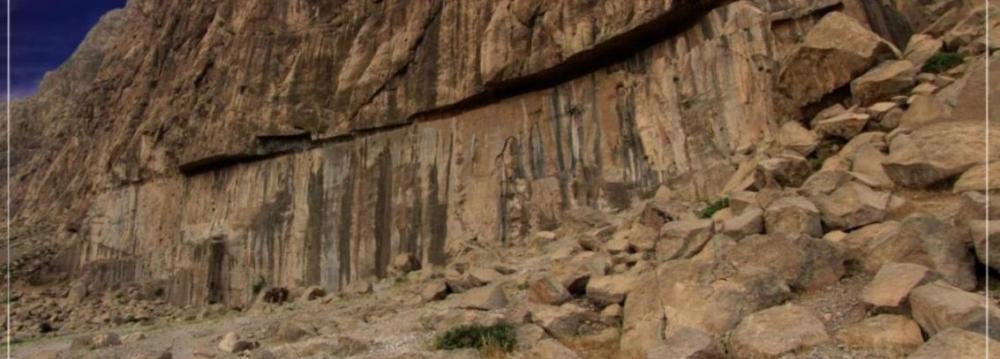Many Iranian tourist destinations are imbued with myths and legends,” and yet no measure has been taken so far to take advantage of this rich literary and cultural heritage. The 10th century epic of the Shahnameh, the ‘Book of Kings’, is a journey into a world of myths and legends, and yet these heroic characters have been lost on the tourism industry.
These were the comment of the head of Iran Federation of Tourist Guide Associastions (IFTGA) Arash Nuraqaee, who is due to deliver a speech on literary tourism on March 7 in the Central Bookcity store located on Shariati Street, between Motahari and Beheshti in Tehran, Mehr News reported.
Nuraqaee will define literary tourism, with an emphasis on its practical capacities, including literary tours. Literary tourism is a type of cultural tourism that deals with places and events from fictional texts as well as the lives of their authors. This could include following the route taken by a fictional character, visiting particular place associated with a novel or a novelist, or visiting a poet’s grave.
When asked what these myths can do to develop tourism, Nuraqaee, author of the book Number, Symbol, and Myth, referred to Sistan-Baluchestan Province, the land known as birthplace of Rostam, a hero in Shahnameh, and where many action-packed plots of the book take place.
“Imagine a museum in Sistan where some sequences of the epic are narrated in a dramatic, updated way. There, one can look around and see the characters of Shahnameh as statues, friezes, illustrations, or other means of depiction.”
The museum will surely attract more travelers to a part of the country often ruled out of tourist destination lists, while, at the same time, tourists will be introduced to Iran’s epic literature.
“As in Italy, where a representational tomb was built in homage to the tragic death of Shakespeare’s Romeo and Juliet, a tomb can be erected commemorating Shirin and Farhad”, the characters of the famous tragic romance by the Persian poet Nizami Ganjavi (1141–1209), so that tourists can become acquainted to the beautiful oeuvre.
Interestingly, there is a place in Mount Bisotun, Kermanshah Province, known as Farhad-Tarash ‘Farhad’s Carving’. Is a reminder of the impossible task imposed on Nizami’s Farhad to reach his beloved, carving out a stone mountain. Also in Eyvan city, Ilam Province, there is a historical monument, known as Taq-e Shirin o Farhad ‘Arch of Shirin and Farhad’ illustrating another part of the story.
“The question is: Have we forgotten these old tales? Or maybe we no longer care.” The tales of One Thousand and One Nights took place in Iran, but today, every Arab city calls itself the city of One Thousand and One Nights.
Arash the Archer shot his arrow on Mount Damavand. “Why can’t we make a statue of Arash on the mountain and introduce the figure to foreign mountaineers” in a most relevant site?”
While Iran was known as the original land of One Thousand and One Nights, Shahrzad the storyteller of the work is said to have told her stories in Chehel-Sotun pavilion and Hasht-Behesht palace, both in Isfahan. “But we have done almost nothing to take advantage of this,” Nuraqaee added.


